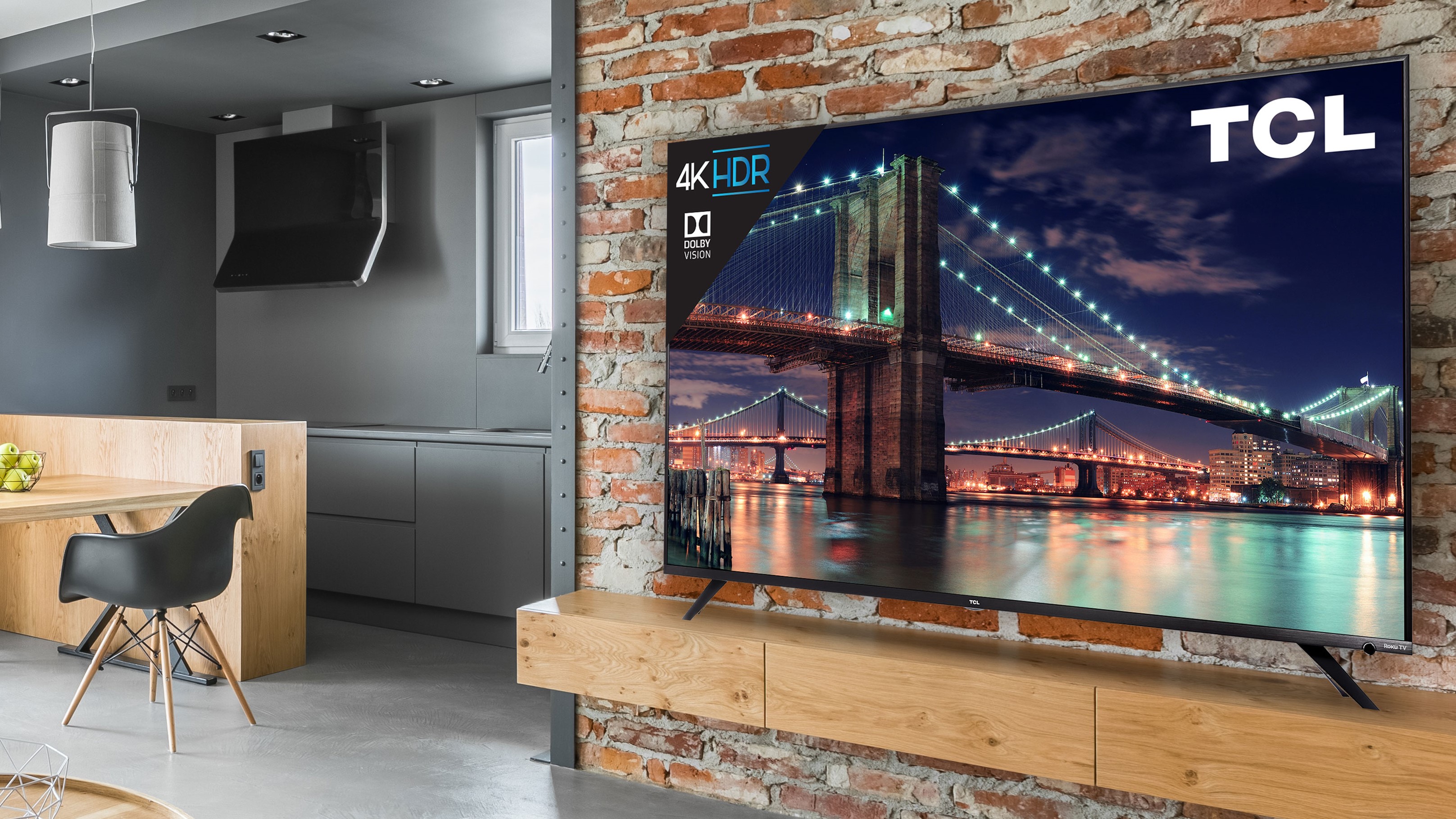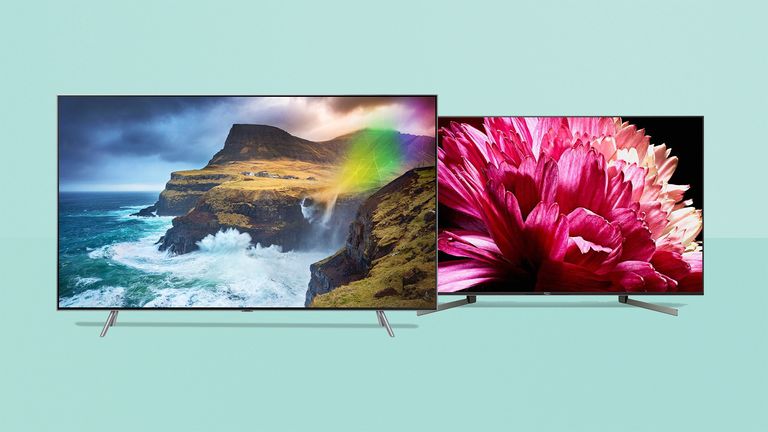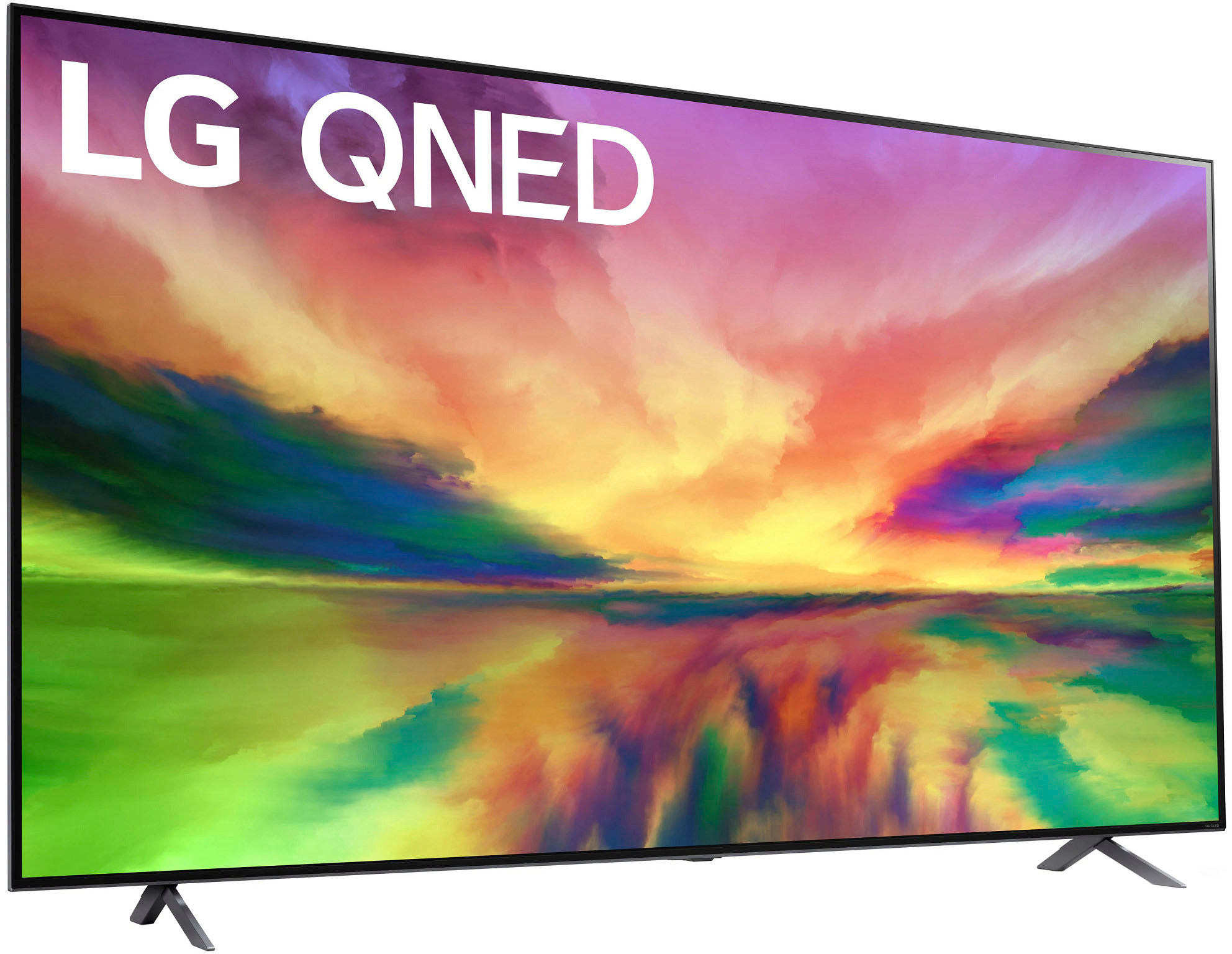Best Tv Larger Than 80 Inches

So, you’re thinking of going big. Really big. We're talking television territory where movie night transforms into a cinematic experience, and sports games feel like you're practically on the field. This guide is designed specifically for first-time buyers venturing into the world of 80+ inch TVs. We'll demystify the jargon, compare the contenders, and equip you with the knowledge to confidently choose the perfect giant screen for your home.
Why does size matter? Simply put, a larger screen offers a more immersive viewing experience. This is particularly true for 4K and 8K content, where detail is significantly enhanced on a larger display, drawing you deeper into the narrative or action.
Top 5 TVs Larger Than 80 Inches: A Head-to-Head Comparison
Let's dive into the contenders. We've compiled a comparison table highlighting key features to help you get a clearer picture of the current landscape.
| Model | Price (USD, Approx.) | Screen Size (Inches) | Resolution | Panel Type | Smart TV Platform | Warranty |
|---|---|---|---|---|---|---|
| Sony XR-85X90L | $2,800 | 85 | 4K | LED | Google TV | 1 Year |
| Samsung QN85C | $2,700 | 85 | 4K | Neo QLED | Tizen | 1 Year |
| LG OLED83C3PUA | $4,000 | 83 | 4K | OLED | webOS | 1 Year |
| TCL 98R754 | $3,500 | 98 | 4K | LED | Google TV | 1 Year |
| Hisense U8K | $2,300 | 85 | 4K | Mini-LED | Google TV | 1 Year |
Detailed Reviews: Unpacking the Contenders
Sony XR-85X90L
The Sony XR-85X90L delivers excellent picture quality with vibrant colors and deep blacks. Its Cognitive Processor XR enhances clarity and upscaling, making even lower-resolution content look great. Google TV provides a seamless smart experience, but the price point is a consideration.
Samsung QN85C
Samsung's QN85C utilizes Neo QLED technology for impressive brightness and contrast. Its sleek design and comprehensive smart features powered by Tizen are appealing. However, some users might find the color accuracy slightly oversaturated out of the box.
LG OLED83C3PUA
If picture quality is paramount, the LG OLED83C3PUA is a top contender. OLED technology provides perfect blacks and infinite contrast, creating a stunning visual experience. Its webOS platform is intuitive, but the price is significantly higher than LED alternatives.
TCL 98R754
For those craving maximum screen real estate, the TCL 98R754 offers a massive 98-inch display at a relatively affordable price. While not as refined as OLED, it still delivers a solid 4K picture with good brightness. Its size is the main selling point.
Hisense U8K
The Hisense U8K offers a compelling balance of performance and value. It uses Mini-LED backlighting for improved contrast and brightness compared to traditional LED TVs. Its Google TV interface is user-friendly, making it a great all-around option.
Used vs. New: Weighing the Options
Buying used can save you money, but it comes with risks. A used TV might have hidden issues or a shorter lifespan. You also won't have a manufacturer's warranty.
Pros of Buying Used: Lower price. Potential to find discontinued models.
Cons of Buying Used: No warranty. Unknown usage history. Risk of hidden defects. Shorter lifespan.
Choosing new provides peace of mind. You get a full warranty and the latest technology. Be aware, the initial cost will be higher.
Pros of Buying New: Full manufacturer's warranty. Latest technology and features. Guaranteed lifespan.
Cons of Buying New: Higher initial cost.
Reliability Ratings by Brand
Reliability can be a deciding factor. Here's a general overview of brand reliability, based on user reports and industry data.
- Sony: Generally considered very reliable.
- Samsung: Mostly reliable, but some reports of issues.
- LG: Good reliability, especially for OLED models.
- TCL: Improving reliability, but still lower than established brands.
- Hisense: Generally reliable for the price point.
Keep in mind these are generalizations. Individual experiences may vary.
Checklist: 5 Must-Check Features Before Buying
- Resolution: Ensure it's at least 4K, ideally 8K for future-proofing.
- Panel Type: Consider OLED for best picture quality or LED/QLED/Mini-LED for brightness and affordability.
- Smart TV Platform: Choose a platform you're comfortable with (Google TV, Tizen, webOS, etc.).
- Ports: Check for sufficient HDMI 2.1 ports for gaming consoles and other devices.
- Warranty: Verify the warranty length and coverage.
Summary
Choosing an 80+ inch TV is a significant investment. Picture quality, smart features, reliability, and budget are all crucial factors to consider. Weigh the pros and cons of used versus new options. Consider the specific needs of your viewing environment.
Remember that the best TV for you depends on your individual priorities and preferences. Research is key to make an informed decision.
Ready to take the plunge into the world of big-screen entertainment? Start comparing models, read reviews, and visit your local electronics store to see these TVs in person. Your perfect home theater awaits!


![Best Tv Larger Than 80 Inches Top 10 Best 80 Inch 4k TV of 2025 [Review & Buyer's Guide] - VK Perfect](https://vkperfect.com/wp-content/uploads/2020/04/1.-Samsung-UN82NU8000FXZA-4K-UHD-Smart-LED-TV.jpg)
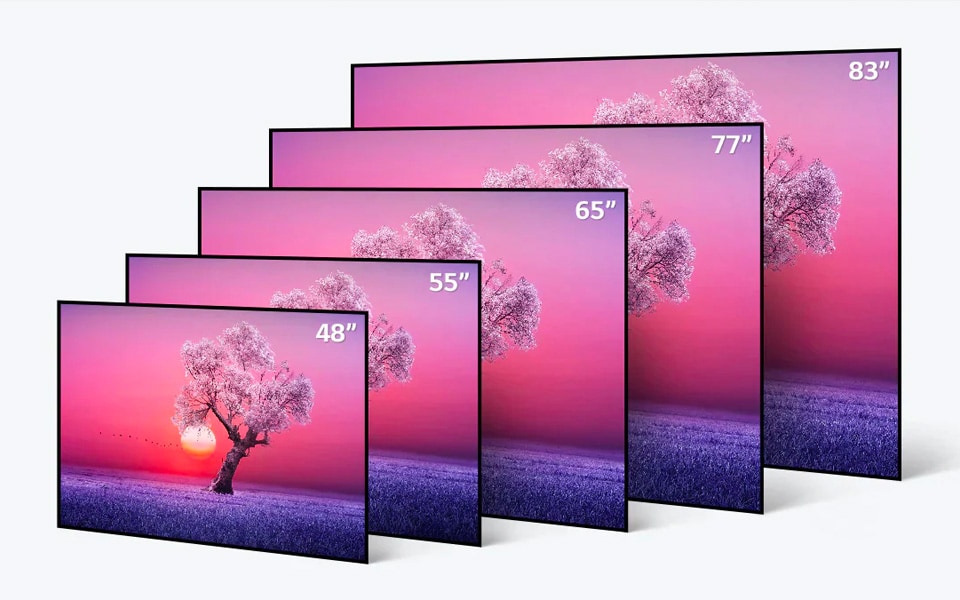
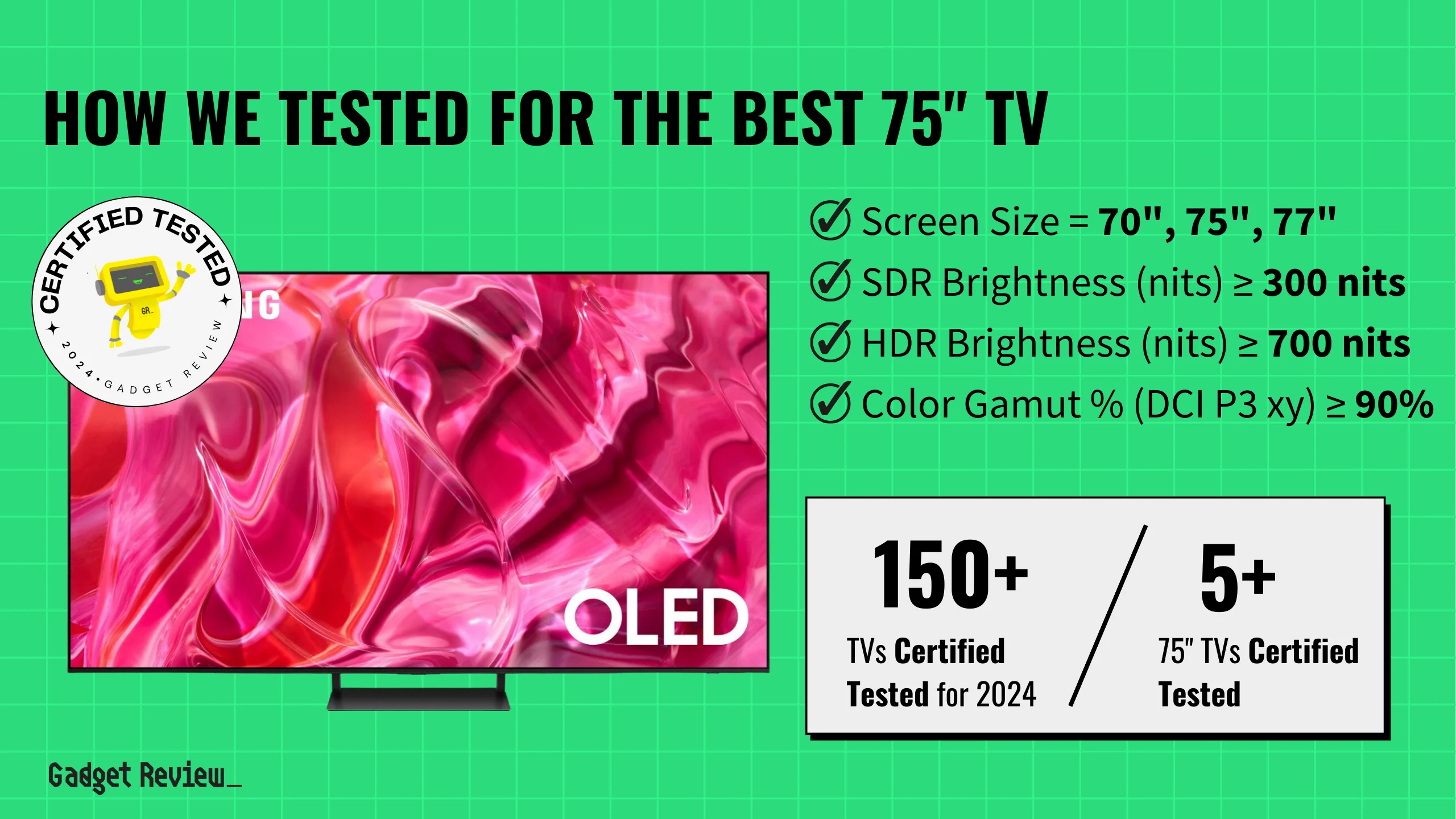



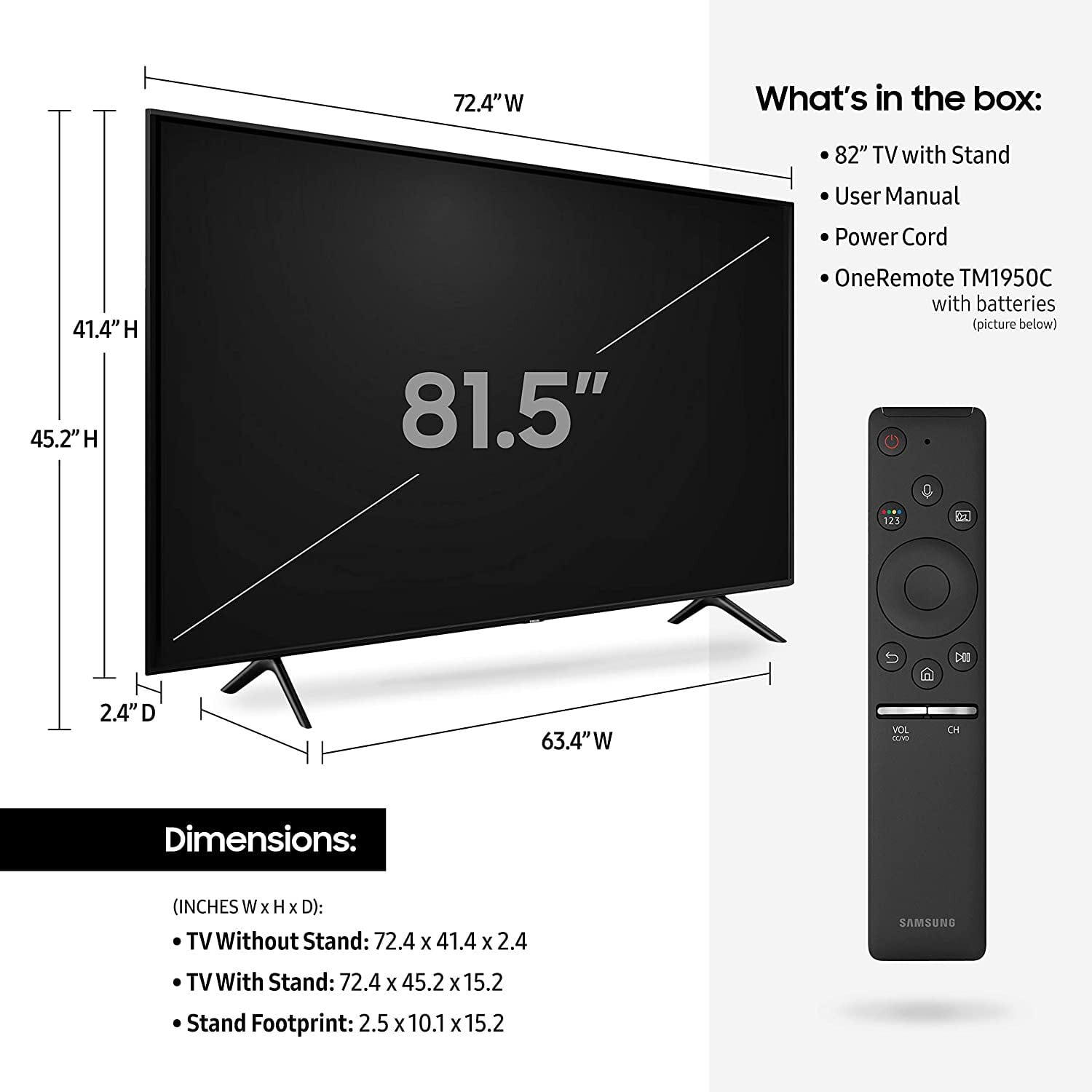

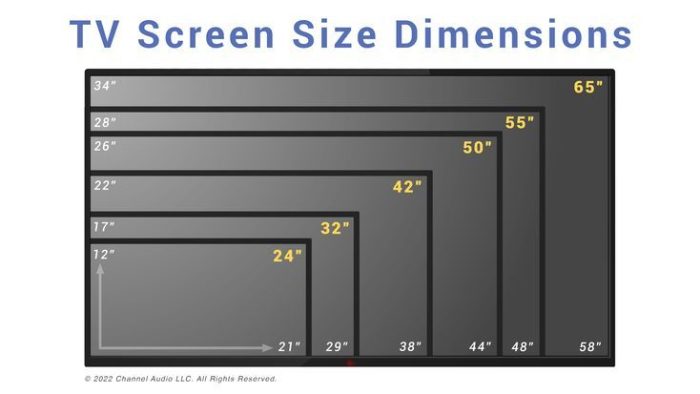
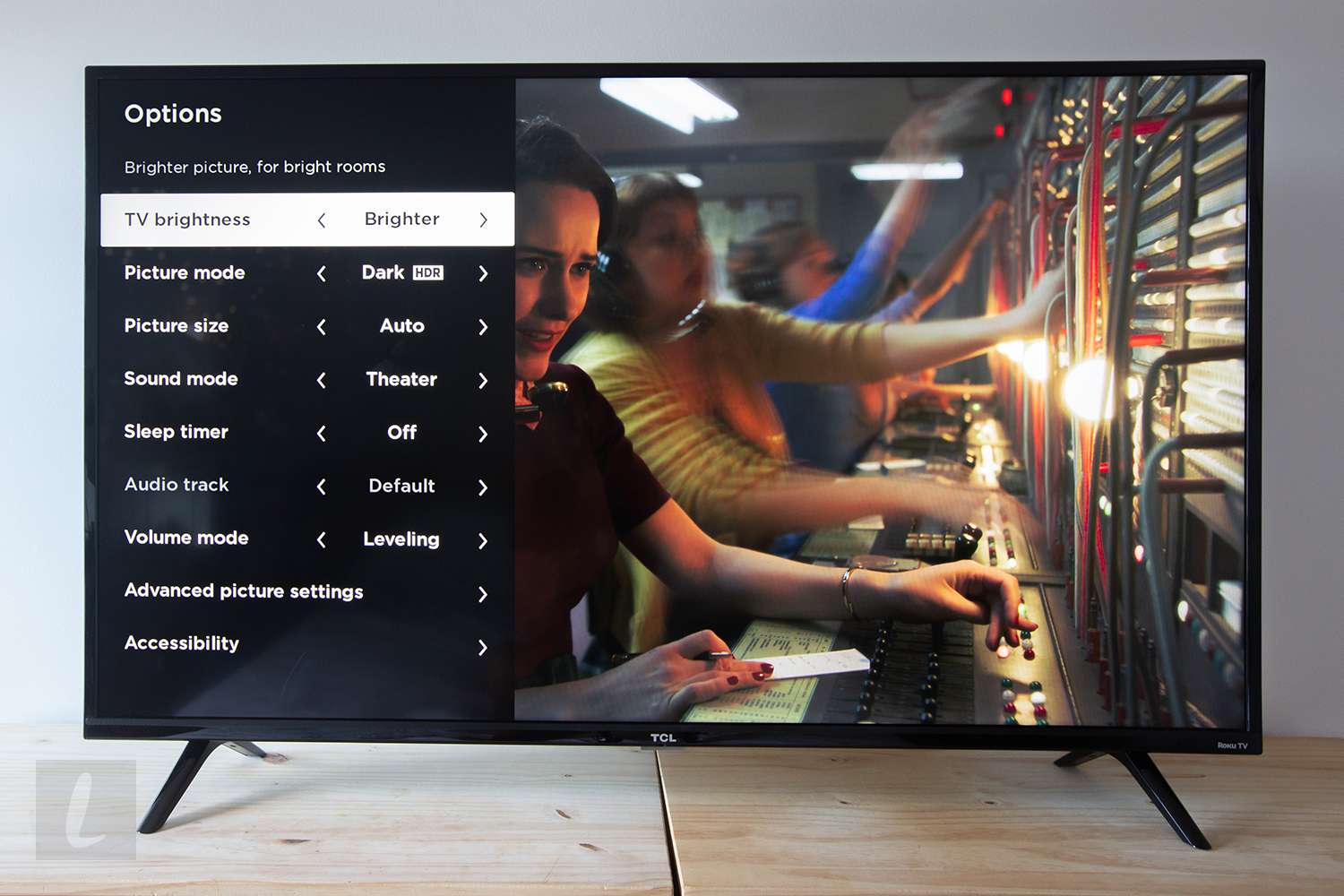
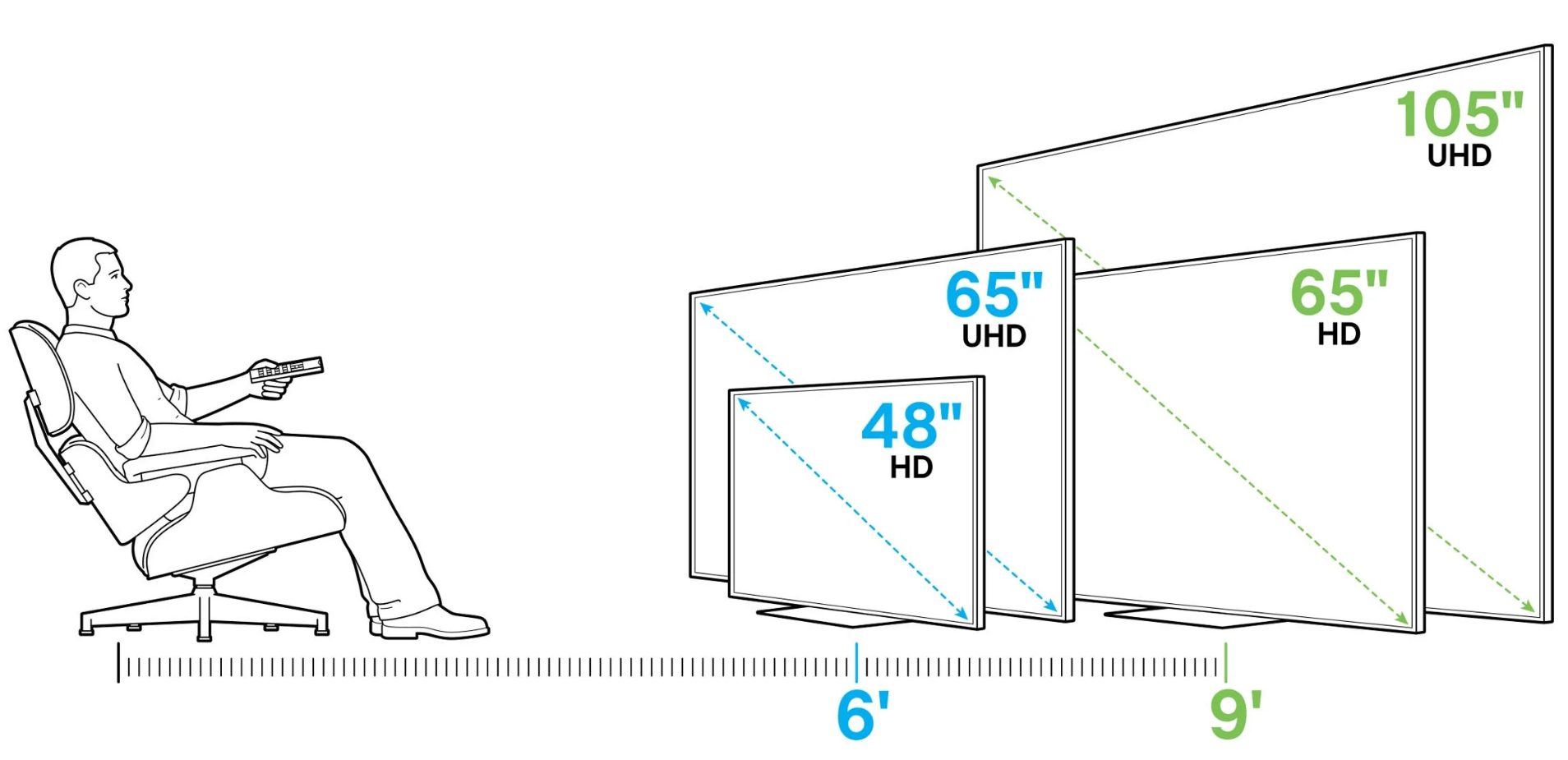
![Best Tv Larger Than 80 Inches Top 10 Best 80 Inch 4k TV of 2025 [Review & Buyer's Guide] - VK Perfect](https://vkperfect.com/wp-content/uploads/2019/05/featured-4.jpg)

